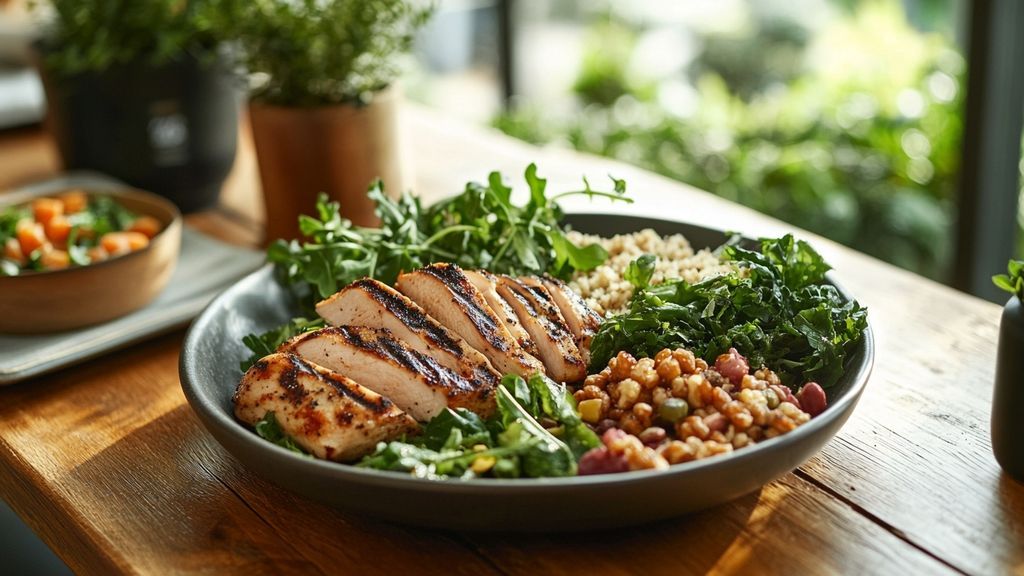Many individuals who engage in physical activity, whether through casual workouts or intense training sessions, often face the challenge of cravings after their sessions. These cravings can lead to unhealthy snacking and derail fitness goals. It’s essential to understand the factors behind these cravings and how to manage them effectively. This guide will explore various strategies to maintain nutritional integrity and ensure that post-workout snacks complement rather than compromise fitness objectives.
The Science Behind Post-Workout Cravings
After a rigorous workout, the body goes through various physiological changes. One of the key aspects is the depletion of glycogen stores, which is the body’s primary source of energy. When glycogen levels dip following exercise, the body signals a need for quick energy replenishment. This mechanism often manifests as cravings, particularly for sugary or carbohydrate-rich foods. Understanding this biological response can aid individuals in choosing healthier post-workout options while addressing their cravings.
Understanding the Role of Glycogen
Glycogen serves as a critical energy reserve for high-intensity workouts. As these stored carbohydrates deplete, the body’s immediate need for energy intensifies, often resulting in cravings for sugary foods. By recognizing this process, individuals can better manage their post-exercise eating habits to avoid unhealthy temptation.
Strategies for Overcoming Cravings

Don’t let cravings sabotage your fitness goals. Here are several effective strategies to circumvent post-training cravings:
Plan Ahead with Balanced Meals
Preparation is key to managing cravings. Ensure your post-workout meals are well-balanced, incorporating a mix of protein, healthy fats, and complex carbohydrates. For instance, pairing grilled chicken with quinoa and steamed vegetables offers essential nutrients and delays hunger pangs, decreasing the likelihood of indulging in unhealthy snacks.
Hydrate Effectively
Often, our bodies can mistake thirst for hunger, leading us to believe we’re craving food when we may just need hydration. Drinking water before, during, and after workouts can mitigate unnecessary cravings. Flavored water or herbal teas may also help in keeping hydration interesting while reducing the urge for sugary snacks.
Choosing Healthy Snack Alternatives
When cravings hit, having healthy snacks on hand can make a world of difference. Focus on nutrient-dense options that will satisfy your hunger without adding empty calories. Here are some suggestions:
Nut-Based Snacks
Popular for their nutrient profile, nuts offer healthy fats along with protein, making them an ideal choice. A small handful of almonds can quickly satisfy your cravings while providing essential vitamins and minerals. Moreover, they can lower inflammation and fuel recovery post-exercise.
Low-Fat Yogurt with Fruits
Incorporating low-fat yogurt topped with fresh fruits not only provides protein but also delivers necessary vitamins and fiber. This combination can help curb cravings while enhancing overall health with minimal calories.
Listen to Your Body

It’s vital to tune into your body’s signals and understand the difference between real hunger and cravings. Many times, emotional factors intertwine with physical sensations, making it challenging to determine actual hunger.
Mindful Eating Practices
Implementing mindful eating practices can help in recognizing these cues more effectively. Take the time to savor each bite, and focus on the taste, texture, and enjoyment of your food. This practice not only enhances your meal but also fosters a greater connection with your dietary choices.
The Impact of Sleep on Cravings
Inadequate sleep can amplify cravings, particularly for high-sugar foods. A lack of rest disrupts hormonal balances, leading to increased hunger and cravings. Prioritizing adequate sleep can enhance your overall fitness efforts.
Sleep Hygiene Practices
Creating a calming pre-sleep routine, avoiding screens, and ensuring a comfortable sleep environment can all lead to improved sleep quality and, in turn, better appetite regulation. Consider incorporating relaxation techniques, such as deep breathing or reading, to prepare your body for rest.
Final Thoughts on Managing Cravings

By understanding the science behind cravings, preparing balanced meals, prioritizing hydration, and incorporating mindful eating practices, one can effectively navigate the challenges posed by post-training cravings. Each strategy discussed provides a foundation for ensuring fitness goals are met, paving the way for continued progress on the journey to health and wellness.
Beyond Nutrition
Recognizing the broader lifestyle aspects, such as sleep, hydration, and emotional well-being, reveals the multi-faceted approach needed to avoid cravings after training. By taking charge of these areas, individuals can cultivate a healthier relationship with food and foster long-term success.
